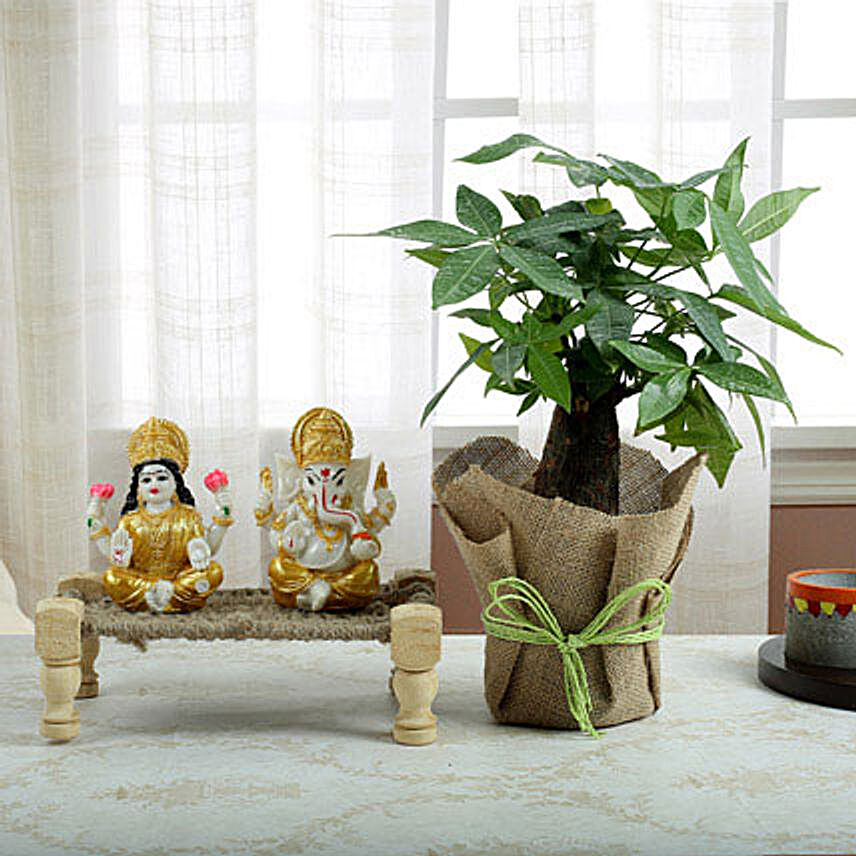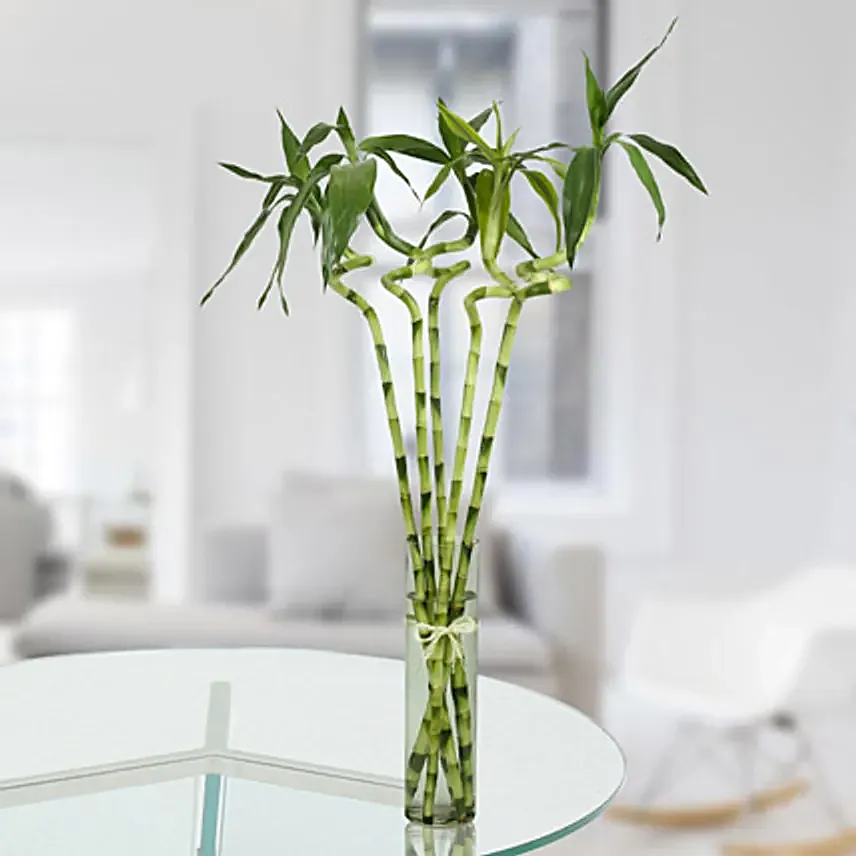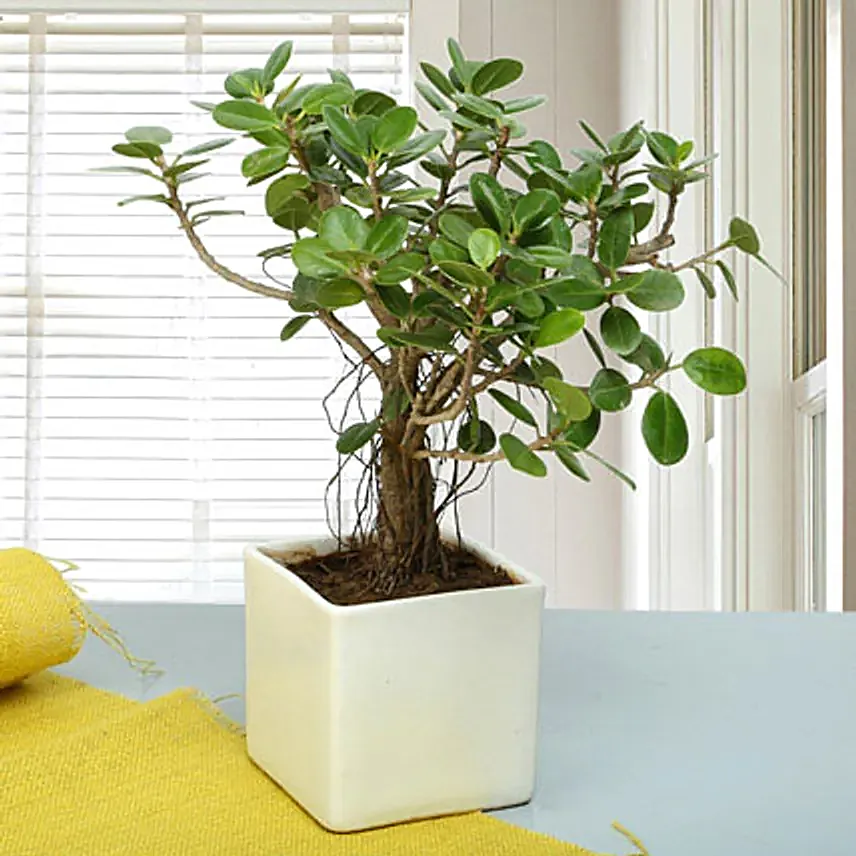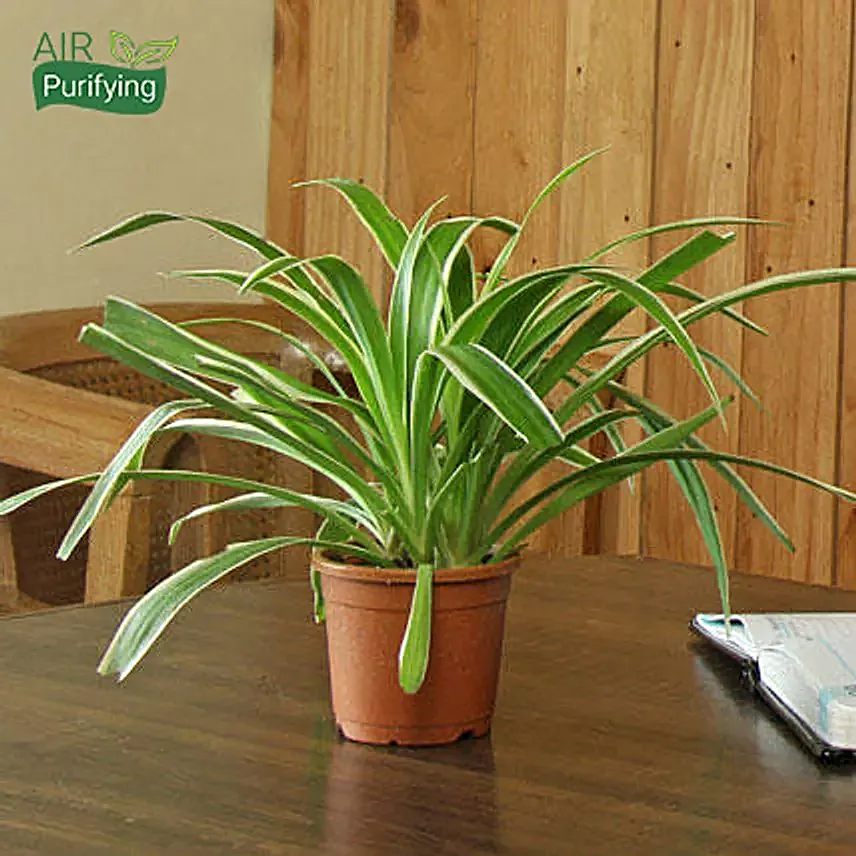How To Take Care Of Money Plants?

Money plants, scientifically known as Epipremnum aureum, are beloved for their lush green foliage, air-purifying qualities, and reputation for attracting prosperity and good luck. Their low-maintenance nature makes them a favorite for both beginners and seasoned plant lovers. However, understanding how to take care of money plant properly ensures it thrives and remains healthy for years. Here’s a comprehensive guide on the caring of money plant, whether grown in soil or water.
Understanding the Money Plant
Money plants are native to Mo’orea in French Polynesia and are commonly known as Golden Pothos, Devil’s Ivy, or Ceylon Creeper. They can grow up to 12 feet with proper care and are suitable for both indoor and outdoor environments.
How to Take Care of Money Plant in Soil
1. Soil Requirements
- Use well-drained soil for your money plant. Mix river sand with regular potting soil to improve aeration and drainage.
- Alternatively, potting soil with high perlite content works well, ensuring roots do not sit in water, which can cause rot.
2. Watering
- Water your money plant once every 7–10 days during summer. Allow the top inch of soil to dry out between watering sessions.
- Overwatering is more harmful than underwatering. Always check the soil moisture by touching the surface; water only when it feels dry.
- In winter, mist the leaves occasionally and water thoroughly only once every 2–3 weeks.
3. Sunlight
- Money plants thrive in bright, indirect sunlight but can tolerate low-light conditions.
- Avoid placing them in direct, harsh sunlight as it can scorch the leaves. A bright, partially shaded spot is ideal.
4. Fertilizing
- Feed your money plant with a balanced fertilizer once a month during the growing season (spring and summer).
- Always follow the manufacturer’s instructions and fertilize in the evening to avoid root burn.
- Skip fertilizing during winter when the plant’s growth slows down.
5. Potting
- Choose a pot size suitable for the plant’s current size, but anticipate future growth by opting for a larger pot.
- Heavy or big pots are preferable as they accommodate the plant’s expanding roots and reduce the need for frequent repotting.
6. Pruning and Training
- Regularly trim dead or yellowing leaves to maintain the plant’s shape and encourage bushier growth.
- Use healthy cuttings to propagate new plants, either in soil or water.
How to Take Care of Money Plant in Water
- Many people enjoy growing money plants in water for their aesthetic appeal and ease of maintenance.
- Use a clean glass bottle or jar filled with fresh, chlorine-free water.
- Ensure at least one node (the joint where leaves emerge) is submerged in water.
- Place the container in a spot with bright, indirect sunlight.
- Change the water every week to keep it fresh and prevent algae buildup.
- There’s no need for fertilizer when growing money plants in water.
Additional Tips for Caring of Money Plant
- Rotate your plant occasionally to ensure even exposure to light and uniform growth.
- Wipe the leaves gently with a damp cloth to remove dust and keep them shining.
- Watch out for yellowing leaves, which may indicate overwatering or insufficient light.
- Money plants are resilient but can be affected by pests like mealybugs or spider mites. Inspect regularly and treat with neem oil or insecticidal soap if needed.
Common Problems and Solutions
- Yellowing Leaves: Usually caused by overwatering or too little light. Adjust your watering schedule and move the plant to a brighter spot.
- Root Rot: Results from waterlogged soil. Ensure proper drainage and avoid letting the pot sit in standing water.
- Leggy Growth: Occurs in low light. Move the plant to a brighter location and prune to encourage bushier growth.
Conclusion
Learning how to take care of money plant is simple and rewarding. With the right balance of water, light, soil, and occasional feeding, your money plant will flourish and bring a touch of green prosperity to your home or office. Whether you grow it in soil or water, following these tips will ensure your money plant remains healthy, vibrant, and a true symbol of good fortune.





